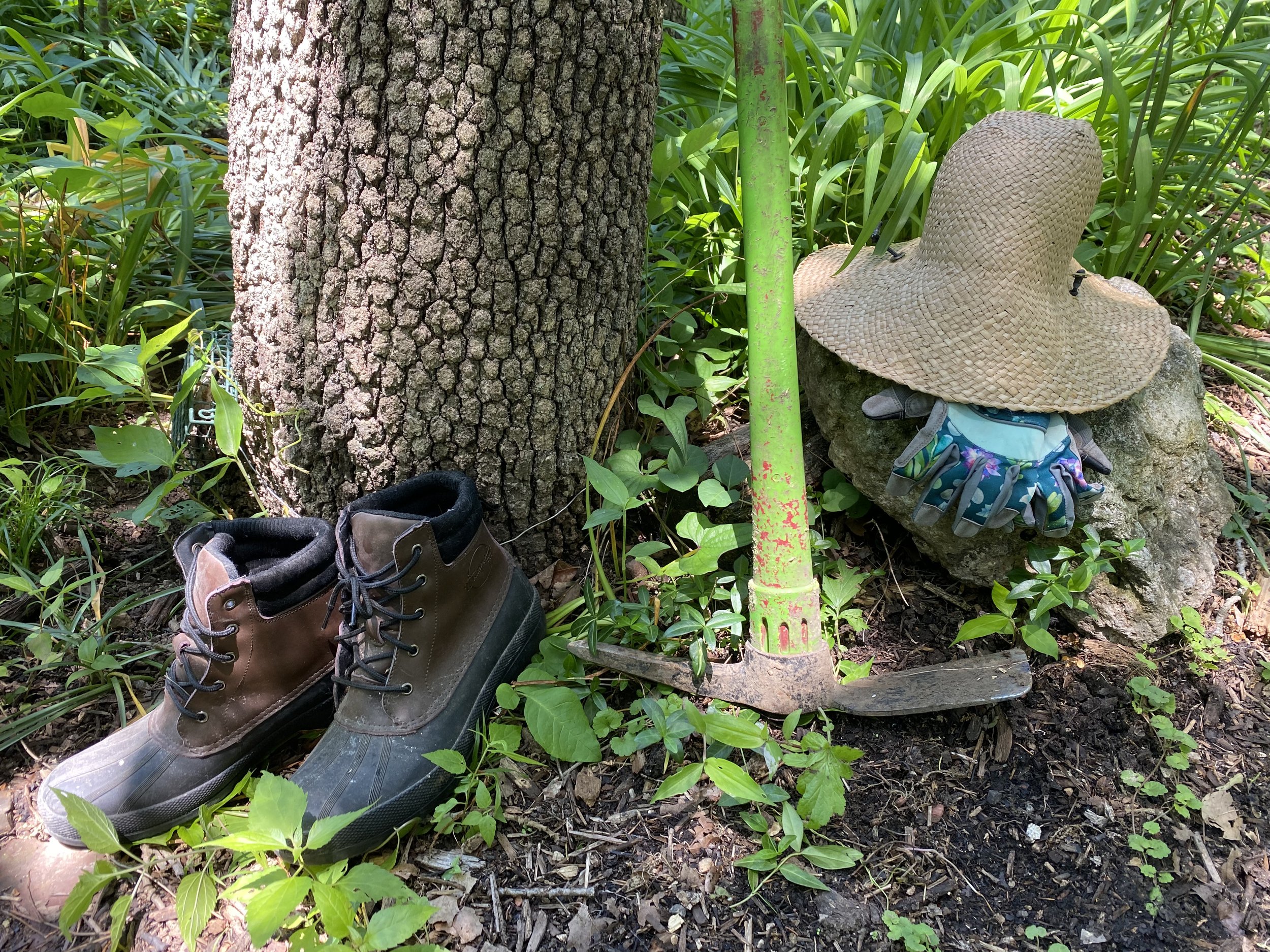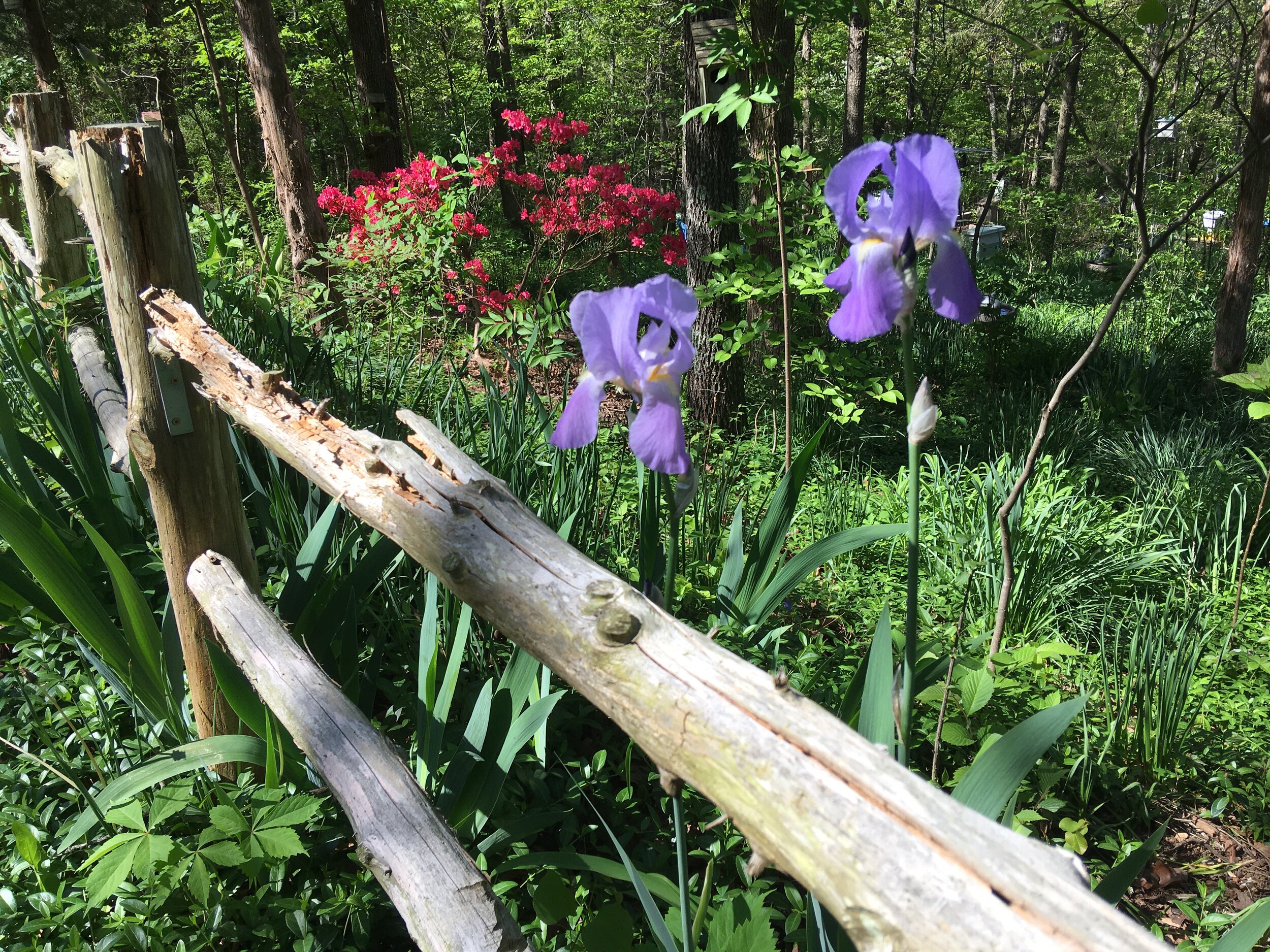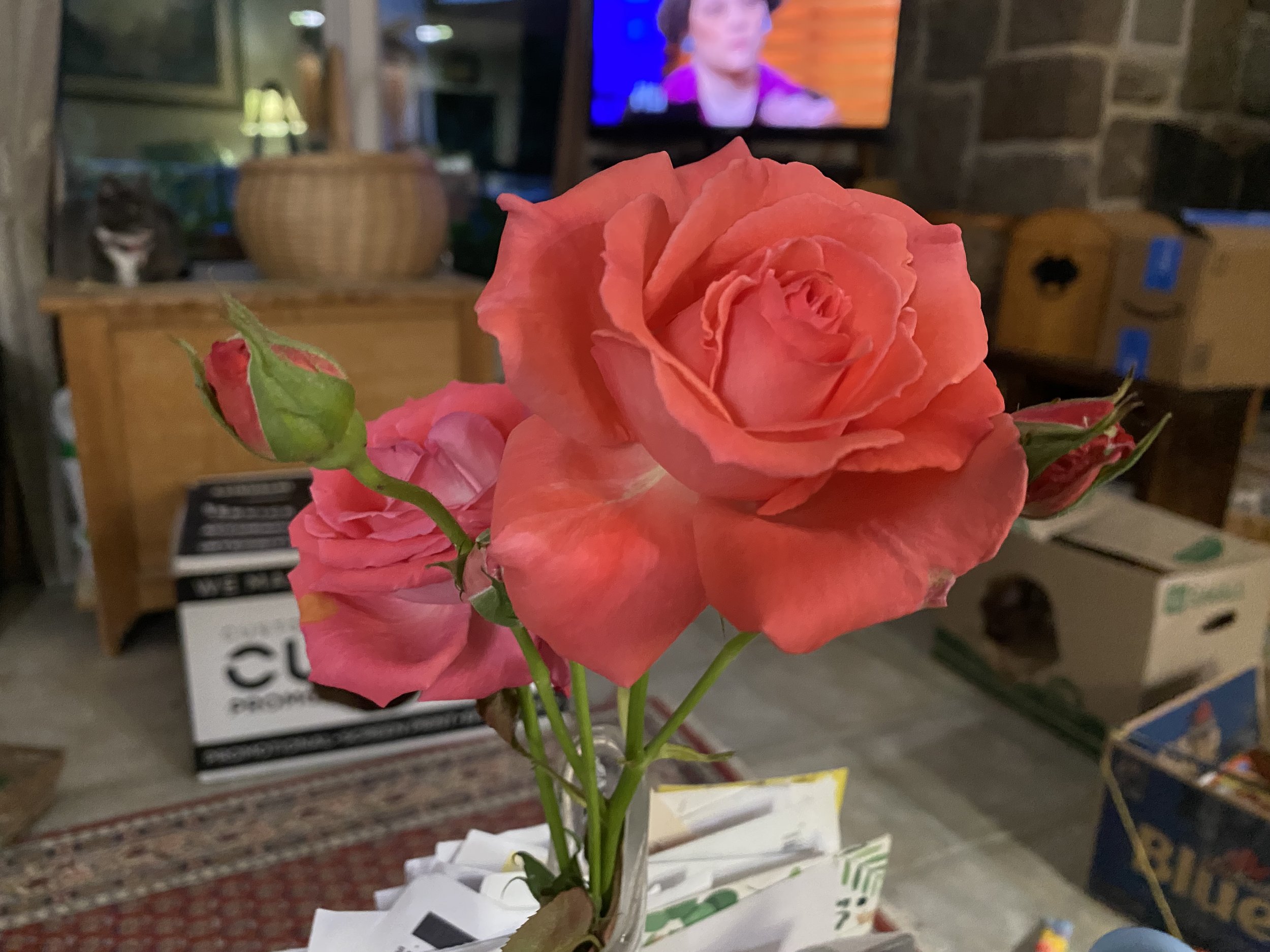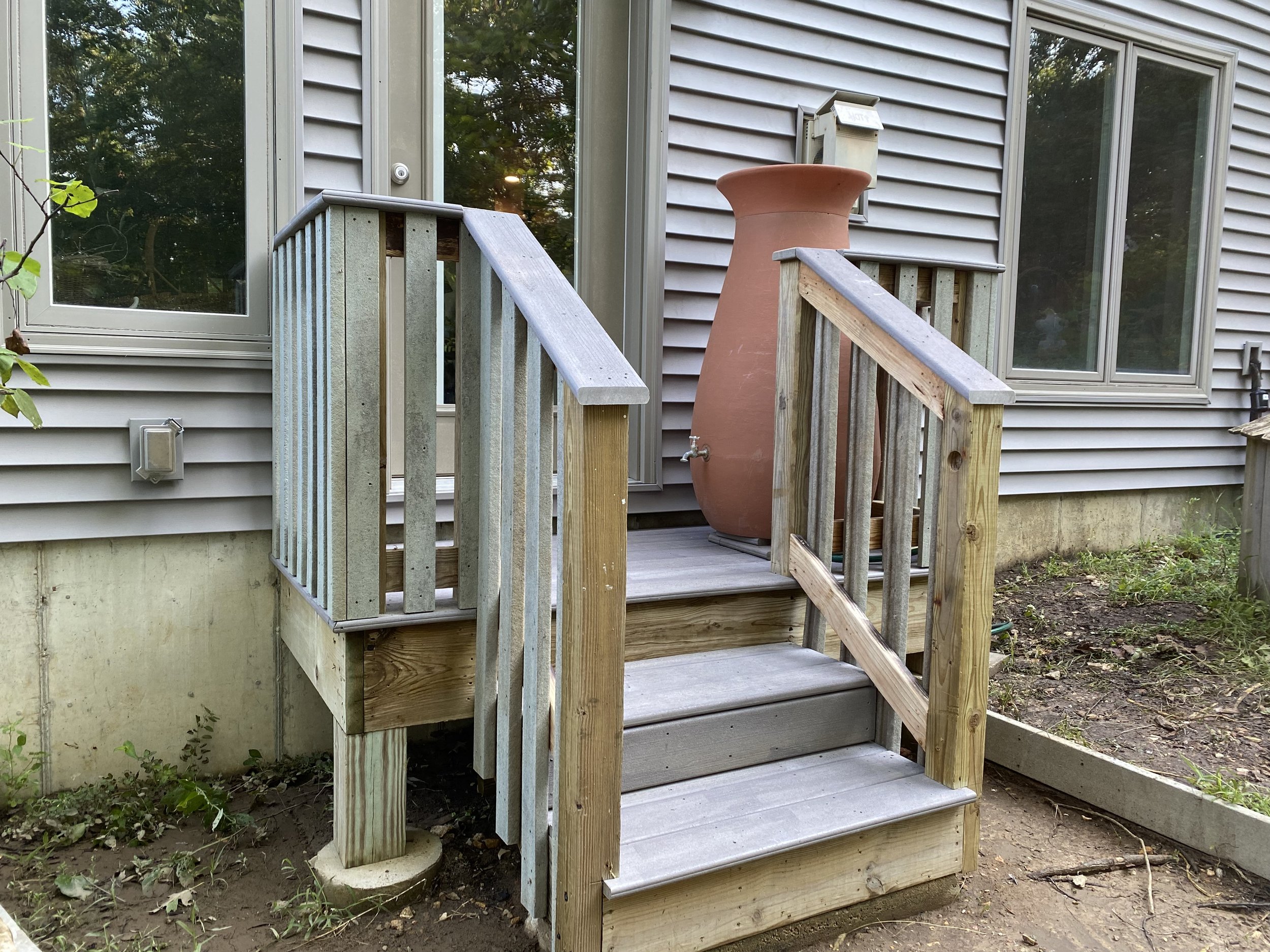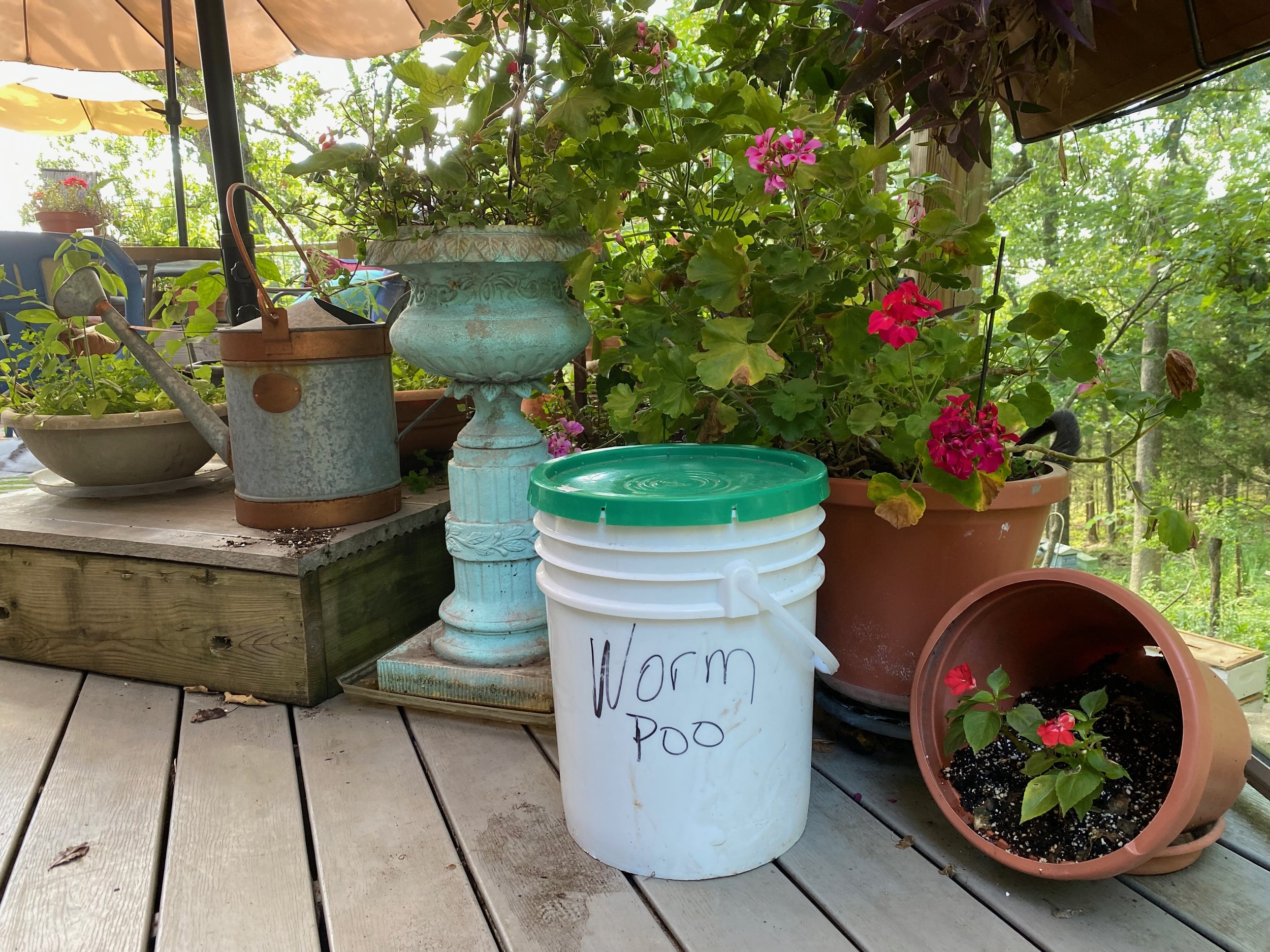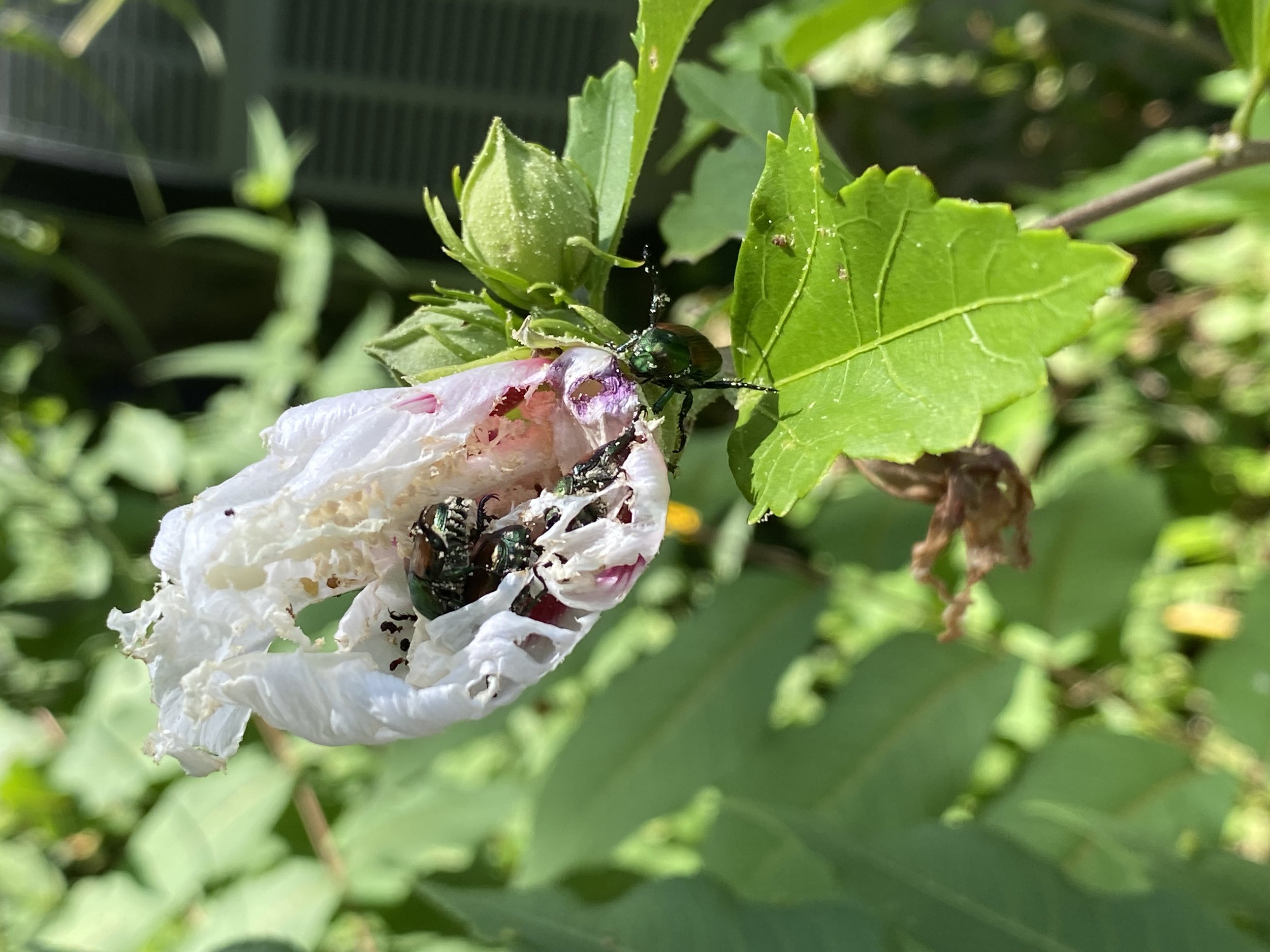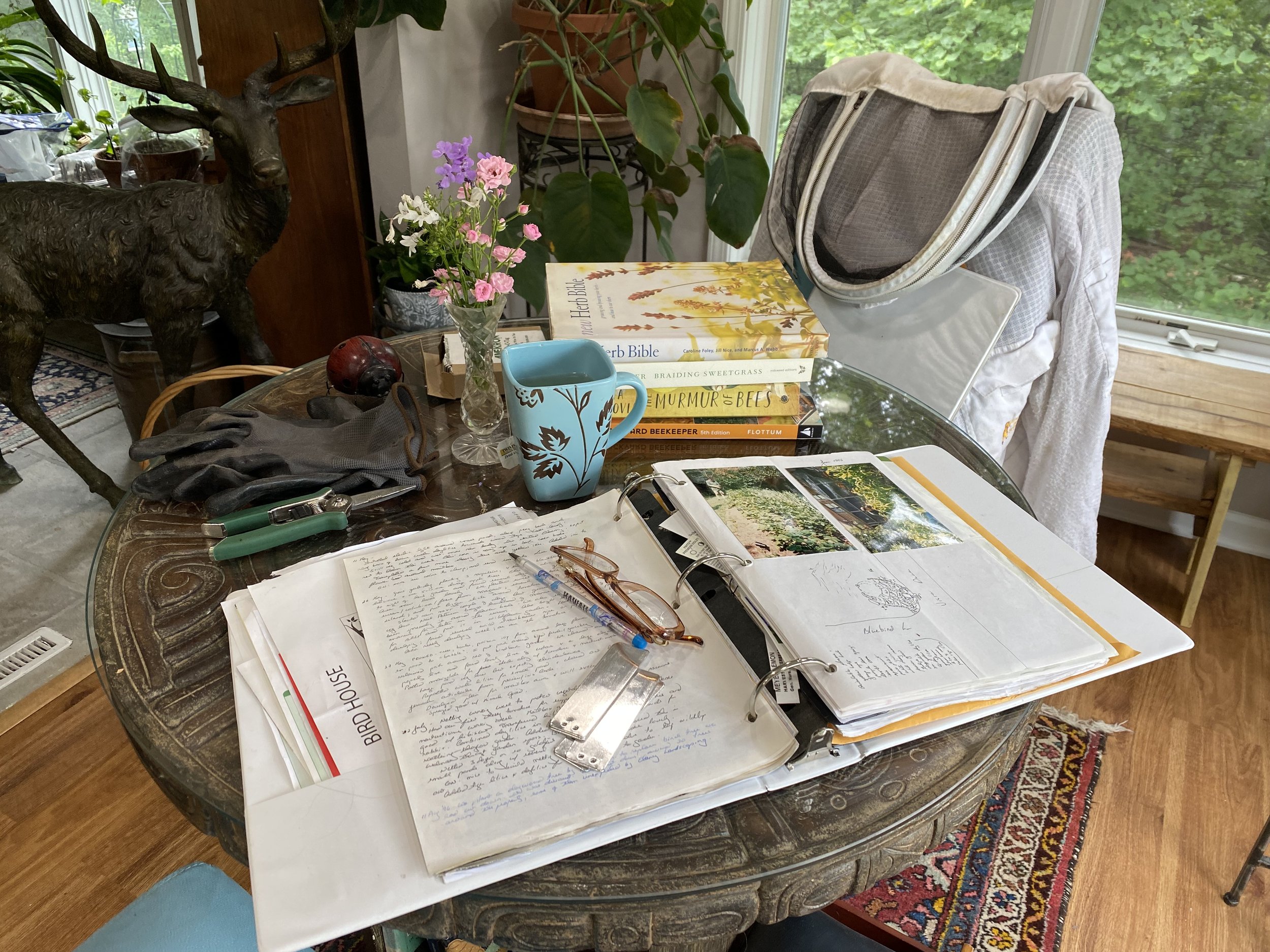Iris and Peony Planting Tips
/Early may is Iris and peony blooming season assuming the plants have been planted at the correct depth. (charlotte ekker wiggins photo)
Iris and Peony Planting Tips
Mother’s Day in US is the second Sunday in May, usually a time when irises and peonies start blooming. These flowers remind me of my mother. Every Mother's Day she would ask us kids to weed her three favorite iris beds at the front of our house. Well that and to have breakfast in bed.
Here are tips on how to plant these two perennial favorites so you can enjoy flowers every year.
Planting Iris
Choose the Right Spot: Irises love full sun, so pick a spot that gets at least 6 hours of daily sunlight.
Well-Drained Soil: Irises prefer well-drained soil. If your soil tends to hold water, consider amending it with compost or sand to improve drainage.
Planting Depth: When planting iris rhizomes, make sure to bury them half into soil, leaving the other half exposed. If summers are hot, bury the whole rhizome barely under top soil. You don't want to plant them deep or they will rot. Make sure attached shallow roots are buried in soil on either side.
Add Stakes: You may need to add stakes to hold irises in place until roots settle in.
Spacing: Space iris rhizomes about 12 to 24 inches apart. This allows them enough room to spread and grow without crowding.
Watering: Irises generally don't like wet feet, so water them sparingly. Once a week should be sufficient, especially during dry spells. Check that the roots are still covered in soil. During dry spells soil contracts and can expose roots.
Fertilization: Apply a balanced fertilizer early spring to give irises a nutrient boost as they start to grow.
Divide Regularly: Irises can become overcrowded over time, leading to fewer blooms. Divide clumps every 3 to 4 years to maintain healthy growth and abundant flowering.
Planting Peonies
Sunlight: Peonies also love full sun but can tolerate partial shade. Aim to plant them in a spot that receives at least 6 hours of sunlight daily.
Well-Drained Soil: Like irises, peonies prefer well-drained soil. Ensure good drainage by adding organic matter such as compost to the soil before planting.
Planting Depth: Peony roots should be planted no more than 2 inches below the soil surface. If they’re not flowering most likely you planted them too deep.
Spacing: Space them about 3 to 4 feet apart to allow for good air circulation and prevent crowding.
Support: Peonies often need support once they start producing heavy blooms. Install peony rings or stakes early in the season to prevent flopping.
Watering: Water newly planted peonies thoroughly and consistently. Once established, they are relatively drought-tolerant. Water deeply during dry spells, but avoid overwatering to prevent root rot.
Fertilization: Peonies are not heavy feeders, but you can apply a balanced fertilizer in early spring as new growth emerges. Avoid high-nitrogen fertilizers, they promote lush foliage at the expense of flowers.
Mulching: Apply a layer of organic mulch around your peonies to help retain moisture, suppress weeds, and maintain a consistent soil temperature.
With these tips you should be well on your way to enjoying vibrant blooms from your iris and peony plants. Don't forget to weed. Happy Mother's Day!
For more gardening, beekeeping, cooking and easy home decor tips, subscribe to Garden Notes.
Charlotte


